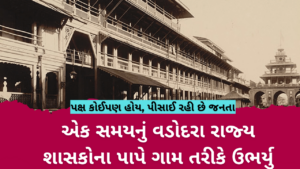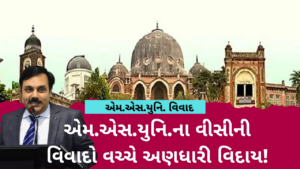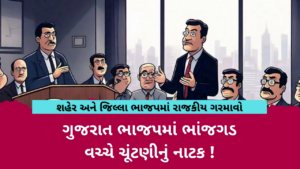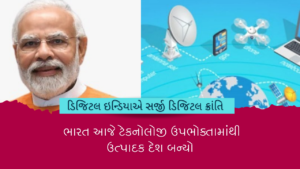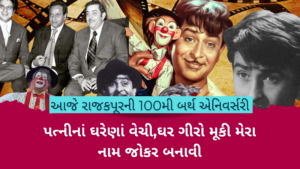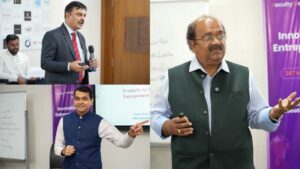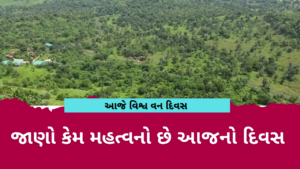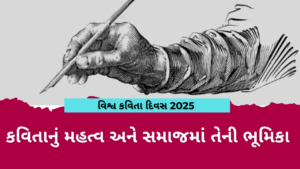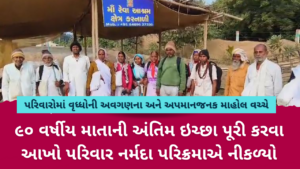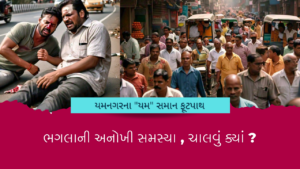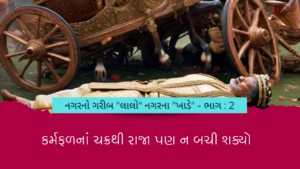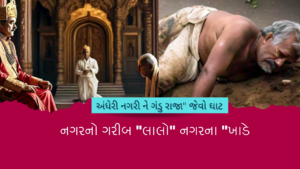Classical music somehow manages to withstand the most rigorous test of all—the test of time. These days, classical music is cocooned as electronic music takes over this generation’s repertoire. Which is why we have chosen to throw some light on the story of Ustad Amjad Ali Khan on his birthday. It is critical that artists like him leap out from our textbooks and take a prominent place in our playlists.
His Early Days
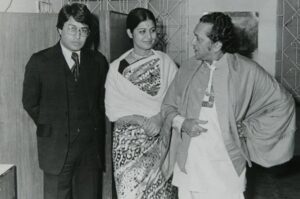
Ustad Amjad Ali Khan was born a musician. From an early age, he learned the craft from his father, Hafiz Ali Khan. He stated,
“I cannot remember a specific day when I was introduced to the world of music.
From the earliest time I can recall, it has been a part of my existence.In fact, I struggle to recall a time when music wasn’t a part of my existence.”
It’s interesting to note that Hafiz Ali Khan learned from the lineage of Tansen, one of Akbar’s Navaratnas.
Tale of Sarod
 The instrument beautifully reflects the intimate ties between India, Afghanistan, and the Persian world. Among the great hybrids produced by the Islamic conquest of northern India through Afghanistan are architecture, cuisine, and music. Even while the sound of the Sarod as we know it today is uniquely Indian, it shares similarities with the muscular, sinewy manner of the Afghan Rabab, a wooden Central Asian lute wrapped in skin. There was always a purpose behind the creation of an instrument;
The instrument beautifully reflects the intimate ties between India, Afghanistan, and the Persian world. Among the great hybrids produced by the Islamic conquest of northern India through Afghanistan are architecture, cuisine, and music. Even while the sound of the Sarod as we know it today is uniquely Indian, it shares similarities with the muscular, sinewy manner of the Afghan Rabab, a wooden Central Asian lute wrapped in skin. There was always a purpose behind the creation of an instrument;
“The sitar expresses what the Veena could not. The Sarod spoke what the Rabab could not.”
Sadly, Ustad discovered that British Airways had misplaced his Sarod on June 28, 2014, at the Delhi airport. He waited there for four to five hours in vain. Thankfully, and much to Khan’s relief, the Sarod was eventually found.
Endorsing Secularism

The majority of Sarods, like the Sitar, are constructed of teak, however others, like the Afghan Rabab, is made of mulberry wood. Amjad Ali Khan claims that teak produces a broader, richer tone. Goat skin encircles the wooden front. The majority of Sarod producers, notably Hemendra Chandra Sen of Hemen & Sons, who is almost 80 years old and the most significant Sarod maker in India, are headquartered in Kolkata since it is the finest city to get goat skins. Amjad Ali Khan states,
“In Bengal, there is a significant cult of Kali worship and many sacrifices are made to her.
The majority of Tabla producers are also located in Calcutta
since there are many goat skins available there.”
A Hindu woman wears a beautiful Sari made by Muslims in Varanasi. He himself is a Muslim, but plays an instrument made in Kolkata by a Hindu. We all have different religions, but we depend on each other. This is the true history of India.
His Renditions
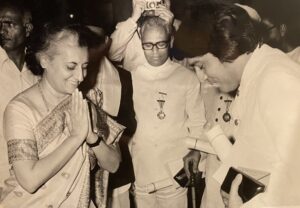
Khan performs on the Sarod in a style that has never been heard before; he combines straightforward melodies with intricate note patterns known as ‘ekhara taans’ that go up and down the scale. In order to give his instrument a unique tone, he also removes part of the strings.
In 1990, during the centenary celebrations of Pandit Jawaharlal Nehru in London, he wrote the ‘Priyadarshini Raga’ in homage to Indira Gandhi, the ‘Kamal Shree Raga’ in honour of Rajiv Gandhi, and the ‘Raga Jawahar Manjari’ in honour of Rajiv Gandhi in 1991.
Earned Laurels
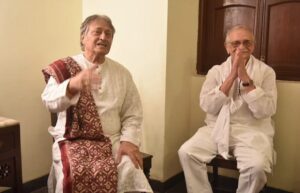
He cooperated with the Norwegian Radio Orchestra in 2018 after performing his ‘Raga for Peace’ at the Nobel Peace Prize Concert in Oslo, Norway, in 2014.
His life story biopic got the Filmfare Award for Best Documentary in 1990. The state of Massachusetts in the US designated April 20 to be ‘Ustad Amjad Ali Khan Day.’
The Padma Shri Award in 1975, the Sangeet Natak Akademi Award and the Tansen Award in 1989, the Padma Bhushan Award in 1991, and the Fukuoka Asian Culture Prize in 2004 are just a few of the honours Khan has won for his services to music and culture.



